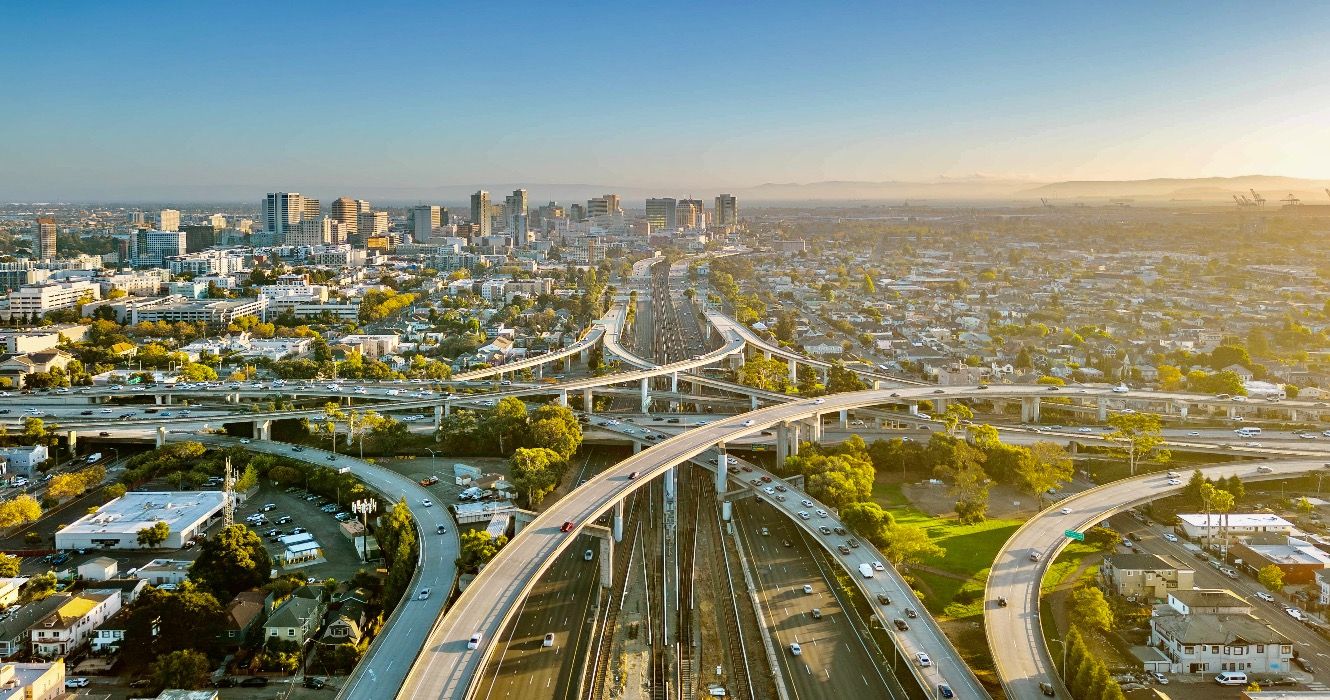Exploring California’s Highways: Road Trips You Can’t Miss
California is known for its stunning landscapes, vibrant cities, and diverse natural beauty. One of the best ways to experience everything the state has to offer is by hitting the open road. With a vast network of scenic highways and byways, California offers some of the best road trips in the United States. Whether you’re looking to explore the rugged coastline, traverse the towering mountains, or drive through desert landscapes, there’s a road trip for everyone. In this article, we’ll explore some of the top highways in California that you can’t miss on your next adventure.
1. Pacific Coast Highway (Highway 1)
The Pacific Coast Highway (PCH), also known as Highway 1, is one of the most iconic and breathtaking road trips in the world. Running along the rugged coastline of California, this highway offers stunning views of the Pacific Ocean, dramatic cliffs, and charming seaside towns. The PCH stretches from Orange County in the south to Mendocino County in the north, passing through some of California's most picturesque locations.
Highlights of the Pacific Coast Highway:
- Big Sur: The 90-mile stretch of coastline between San Simeon and Carmel is renowned for its awe-inspiring cliffs, pristine beaches, and the famous Bixby Creek Bridge.
- Monterey & Carmel-by-the-Sea: Visit the historic city of Monterey and the charming town of Carmel, known for their artistic communities and beautiful coastlines.
- Santa Barbara: A coastal paradise with Mediterranean-style architecture, sandy beaches, and world-class wine regions.
- Hearst Castle: Stop at this iconic mansion in San Simeon, perched atop a hill overlooking the Pacific Ocean.
2. Route 66
Known as the “Main Street of America,” Route 66 holds a special place in the hearts of road trip enthusiasts. Although the route no longer runs as a continuous highway, the California portion of Route 66 remains a nostalgic journey through the state’s history and diverse landscapes. The route stretches from the Arizona border to Santa Monica, and along the way, you’ll encounter quirky roadside attractions, desert vistas, and vintage Americana.
Highlights of Route 66:
- San Bernardino: Visit the birthplace of Route 66, where you can see historical landmarks such as the Route 66 Museum.
- Victorville: Check out the California Route 66 Museum and experience the charm of this classic desert town.
- Santa Monica Pier: The iconic end of Route 66, where the road meets the Pacific Ocean at the historic Santa Monica Pier.
- Elmer’s Bottle Tree Ranch: A quirky roadside attraction in Oro Grande, featuring a forest of glass-bottle trees.
3. Highway 395: Eastern Sierra Scenic Byway
For those seeking a more rugged and remote experience, Highway 395 offers a stunning journey through California’s Eastern Sierra. Running parallel to the Sierra Nevada mountain range, this highway offers incredible views of towering peaks, alpine lakes, and the vast Mojave Desert. It’s the perfect road trip for nature lovers and outdoor enthusiasts.
Highlights of Highway 395:
- Mono Lake: A unique, ancient saline lake with otherworldly tufa towers, located just east of Yosemite National Park.
- Mount Whitney: The highest peak in the contiguous United States, offering incredible views of the surrounding wilderness.
- Owens Valley: A remote valley known for its dramatic landscapes and outdoor recreation opportunities, including hiking, fishing, and camping.
- Alabama Hills: A striking collection of rock formations near Lone Pine, perfect for photography and outdoor adventures.
4. The Redwood Highway (U.S. Route 101)
If you’re looking for a road trip that takes you through ancient forests and towering trees, the Redwood Highway (U.S. Route 101) is a must-visit. This scenic highway runs through California’s famous Redwood National and State Parks, home to the tallest trees on Earth. Along the way, you’ll also pass through charming small towns, along the rugged coast, and into the beautiful wine country of Northern California.
Highlights of the Redwood Highway:
- Redwood National and State Parks: Drive through ancient groves of giant redwoods, with stops for hiking and exploring the parks.
- Eureka: Visit this historic Victorian town known for its well-preserved architecture and vibrant arts scene.
- Avenue of the Giants: A scenic drive through Humboldt Redwoods State Park, where you’ll be surrounded by towering trees.
- Lost Coast: California’s most remote coastal area, offering rugged beauty and a peaceful escape from the crowds.
5. The Sierra Nevada Scenic Byway
The Sierra Nevada Scenic Byway is a picturesque route through California’s eastern mountain range, offering stunning views of alpine lakes, meadows, and granite peaks. This road trip is perfect for those who want to explore the natural beauty of the Sierra Nevada region while enjoying outdoor activities such as hiking, fishing, and camping.
Highlights of the Sierra Nevada Scenic Byway:
- Lake Tahoe: A stunning freshwater lake nestled in the Sierra Nevada, offering year-round outdoor activities, from skiing in winter to boating in summer.
- Yosemite National Park: One of the most iconic national parks in the United States, known for its breathtaking granite cliffs, waterfalls, and giant sequoia trees.
- Sequoia and Kings Canyon National Parks: Visit these parks to see the world’s largest trees, including the famous General Sherman Tree.
- Bodie State Historic Park: A ghost town frozen in time, offering a glimpse into California’s Gold Rush era.
6. Conclusion: Embrace the Road Trip Adventure
California’s highways offer some of the most spectacular road trip opportunities in the United States. From the coastal beauty of the Pacific Coast Highway to the rugged landscapes of the Eastern Sierra, there’s a road trip for every kind of traveler. Whether you're seeking natural wonders, quirky roadside attractions, or charming small towns, California's highways provide an unforgettable adventure. So pack up your car, hit the open road, and start exploring the Golden State!














